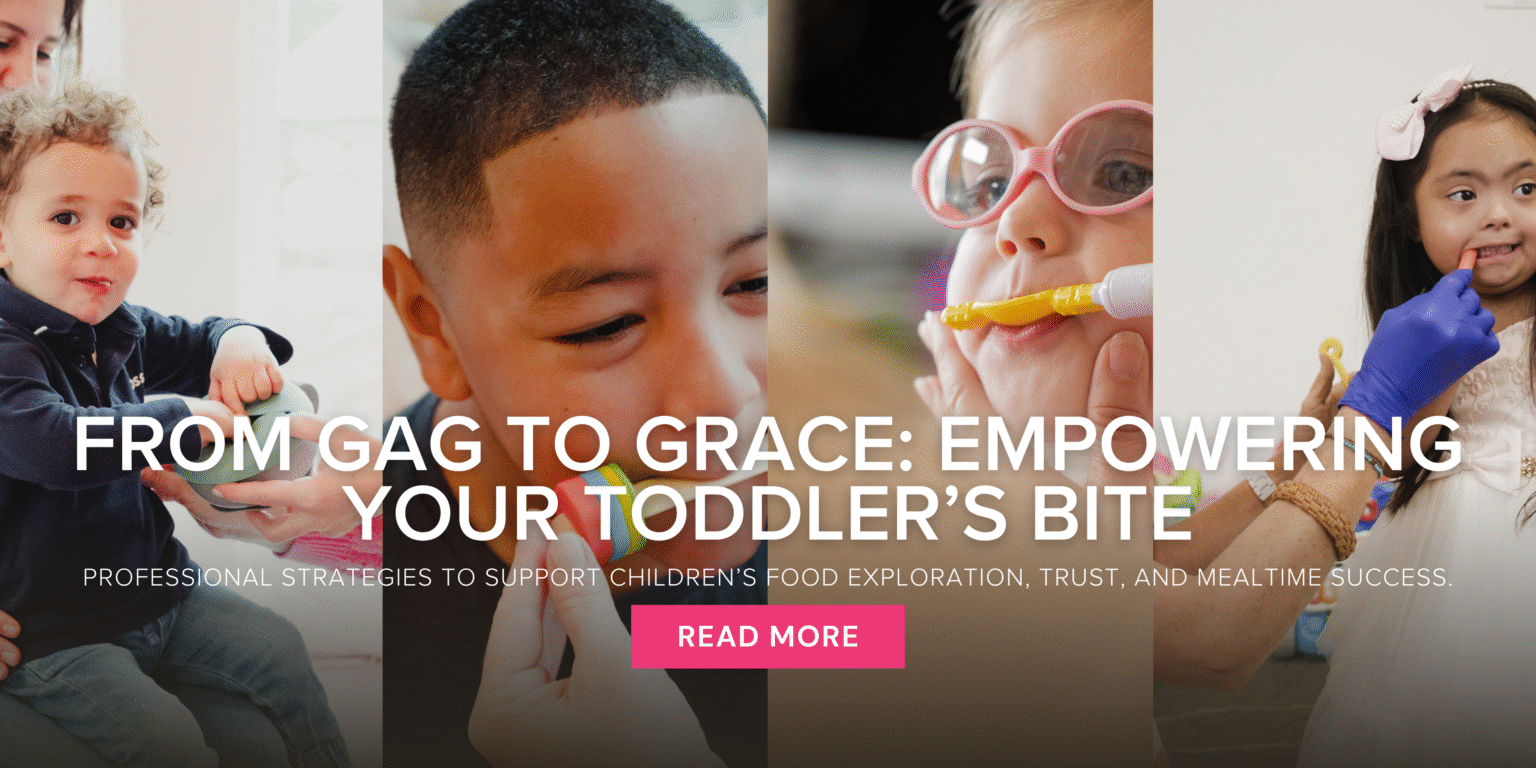We are delighted to share with you a description of TalkTools® Instructor Jennifer Jones’s four-hour presentation at the annual MSHA Convention, March 3, 2016.
“Performing a VFSS that Communicates Positive Results: Adult and Pediatric Patients”
By Jennifer Jones, Ph.D., CCC-SLP, BCS-S, C/NDT
ABSTRACT
The VFSS is the standard for instrumental evaluation of swallowing disorders, but if clinicians don’t communicate the appropriate results then the receiving therapist cannot properly treat the patient. Participants will watch many VFSS and identify abnormal and normal physiology utilizing interactive technology, discuss positive attributes of a disordered swallow and plan treatment.
OBJECTIVES
- Identify 2 disorders each that could occur before, during and after the swallow.
- List 3 normal and appropriate physiologic attributes of the VFSS viewed.
- Discuss positive attributes of disordered swallows and plan appropriate treatment.
As Clinicians, we are taught to find the things that are “wrong” with our patients. When we write a language and/or swallowing report we document all of the things that our patient cannot do. We are trained to see what is disordered or abnormal and we document those findings. However, there are positive attributes that should be reported as well. We need to see the positives that our patients have to offer, either through language or swallowing.
This course is created based on research that shows the normal aging process with swallowing, which is coined Presbyphagia. Are our patients being diagnosed with moderate and severe dysphagia based on normal aging changes to the swallowing anatomy and physiology? Are there patients who are on limited diets based on normal aging difficulties with swallowing? This course will teach attendees about the normal aging process and how to discern normal from abnormal physiology in the aging population.
The Videofluoroscopic Swallow Study is a means to discover what our patients can eat and drink safely with minimal risk and minimal invasion to their quality of life. In order to achieve this goal, we must be able to discern the positive aspects of a patient’s swallow so that we can build on it. A swallow study should not be considered complete until there is some consistency that a patient can eat or drink safely with minimal invasion. If a therapist can focus more on the positive aspects of the swallow then designing a treatment plan utilizing those aspects would be less invasive.
This course involves utilizing an audience response system so that participants can be interactive with the speaker. The speaker will present greater than 15 VFSS (the # depends on allotted time) for interpretation. The VFSS will be discussed and participants will be presented with a question and multiple answers. The participants will be required to answer these questions using the audience response system, which will require them to commit to an answer. When we perform the VFSS we commit to answers rather quickly, which is what changes our on-line modifications during the VFSS. The participants will be required to answer questions related to normal and abnormal physiology, positive attributes and planning treatment. Upon completion of this course, participants will have reviewed multiple swallow studies and observed that positive attributes should be utilized to plan treatment.
If you missed it, meet Jennifer Jones June 24-25 in San Juan, PR for her live workshop: “Pediatric Dysphagia: Interpreting the MBSS and Planning Treatment.”



